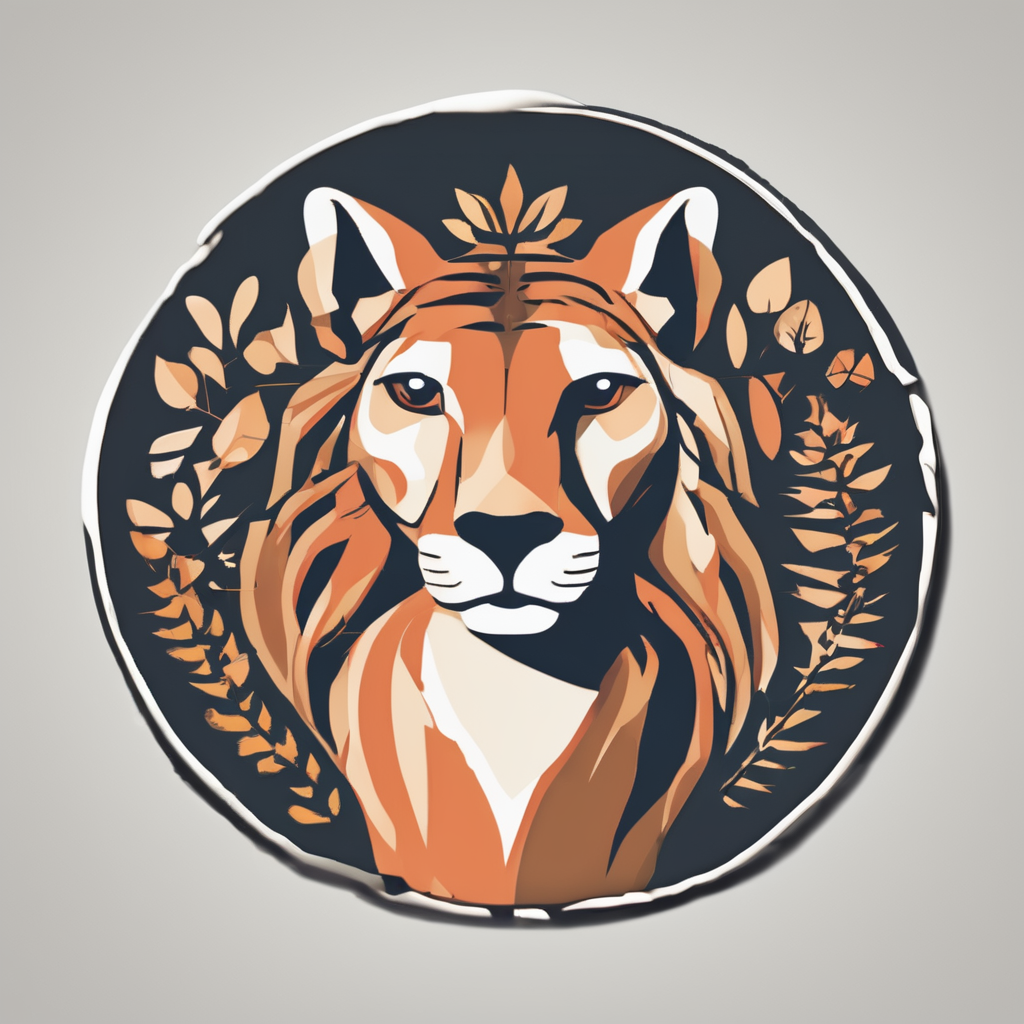Early Partnerships: The Origins of the Human-Dog Bond
Archaeological and genetic studies reveal that early domestication of dogs began tens of thousands of years ago, marking the start of a profound relationship between humans and prehistoric dogs. Fossil records show that dogs diverged from wolves around 20,000 to 40,000 years ago, coinciding with the hunter-gatherer phase of human society. This timing suggests dogs entered human communities when survival depended heavily on cooperation and resourcefulness.
In hunter-gatherer societies, dogs played essential roles in assisting with hunting, tracking prey, and providing protection. These prehistoric dogs helped humans find food more efficiently, which increased group survival rates. The evidence indicates a mutual evolution, where both species adapted biologically and behaviorally to support each other. Humans benefited from dogs’ acute senses and hunting skills, while dogs gained food, shelter, and safety within human groups.
Also read : How Are Dog Breeds in the UK Adapting to Modern Urban Living?
This co-evolution fostered a unique interdependence where early humans and dogs influenced each other’s development. Genetic data supports this, showing changes in both species aligned with this partnership. Over time, this interdependence deepened, laying a foundation for the complex, emotional, and practical bonds observed between humans and dogs today.
Key Roles Through History: How Dogs Served Human Societies
Dogs have been essential working dogs since ancient civilisations, serving varied functions crucial to human survival and development. In early agricultural societies, herding dogs enabled efficient livestock management. These dogs were selectively bred for intelligence and obedience, traits that improved the economy by increasing productivity.
This might interest you : How Can Dogs in the UK Impact Our Well-being and Lifestyle?
In hunting cultures, hunting dogs played a pivotal role. Their keen senses and agility made them invaluable in tracking and capturing game, providing food and materials. For example, ancient Egyptians prized hunting dogs for their loyalty and skill, reflecting their importance in both sustenance and status.
Guard dogs ensured protection in homes and communities. In ancient Rome and China, they acted as deterrents against intruders and predators, safeguarding assets and people alike. Their presence supported stability in growing urban areas by enhancing security.
Collectively, these roles shaped social and economic structures—for instance, herding dogs contributed to wealth through livestock care, while guard dogs supported societal order. Understanding these functions reveals how dogs were not merely companions but active participants in the evolution of human civilisation.
Cultural Significance: Dogs in Myth, Religion, and Art
Throughout history, dogs have held profound cultural symbolism across civilizations. In many ancient myths, dogs appear as guardians of the afterlife or guides for souls, reflecting their perceived loyalty and protective nature. For example, in Egyptian mythology, Anubis, the jackal-headed god, oversees mummification and the transition to the afterlife, emphasizing the religious roles dogs indirectly embody.
Dogs often signify faithfulness and vigilance in various cultural contexts, which explains their frequent presence in burial practices. Archaeological finds reveal dogs buried alongside humans, illustrating their valued status in life and death. This practice highlights how dogs crossed mere companionship to become spiritual companions.
In ancient art and literature, dog iconography is prevalent. Greek and Roman works depict dogs not only as hunters’ aides but also as symbols of fidelity. These depictions reinforce the cultural symbolism dogs carried. From cave paintings to Renaissance portraits, dogs symbolize traits like loyalty, protection, and nobility.
Understanding dogs’ diverse roles in religious texts and art deepens appreciation for their multifaceted relationship with humans. Their presence transcends companionship, marking them as vital figures woven into the fabric of human culture and belief systems.
Dogs and Human Progress: Societal, Economic, and Technological Impact
Dogs have played a pivotal role in societal advancement by fulfilling specialized roles tailored to human needs. The development of specialized breeds reflects intentional selection for specific tasks—herding, hunting, or guarding—aligning canine abilities with evolving communities and economies. This selective breeding underscores the intimate relationship between dogs and human societies, where dogs contributed not just companionship but critical labor.
Economically, dogs influenced sectors such as transportation and communication. For example, sled dogs enabled efficient travel and trade across harsh terrains, vital in northern regions with limited infrastructure. Messenger dogs were employed during wars to deliver critical information when other methods failed, showcasing their reliability under pressure. War dogs aided in protection and reconnaissance, providing strategic security advantages that shaped military outcomes.
These roles also spurred technological evolution and changes in work practices. Employing dogs for labor prompted innovations in harness design and training methods, reflecting adaptation to new demands. As societies modernized, the partnership between humans and dogs evolved, demonstrating their ongoing impact on economic activities and technological progress. Recognizing the breadth of these contributions deepens appreciation for dogs beyond companionship—as integral participants in humanity’s advancement.
From Working Companion to Family Member: Modern Shifts in Human-Dog Relationships
The transformation of dogs from primarily working companions to cherished family members reflects broader societal changes driven by urbanisation and evolving human needs. While dogs once focused solely on tasks like herding, guarding, and hunting, their roles have expanded significantly, especially from the 19th to 21st centuries.
Today, companion animals are often valued for emotional support and psychological benefits. Increasingly, dogs serve as service dogs and therapy dogs, assisting individuals with disabilities, mental health challenges, or navigating social environments. These roles are not just practical; they deepen the human-dog bond, underscoring dogs’ importance in urban settings where human interaction can often be limited.
The psychological impact of these relationships is profound. Many view their dogs as integral to family structure, improving mental wellbeing and providing comfort amid fast-paced, often isolating modern life. This shift highlights how dogs have moved beyond functionality toward becoming vital contributors to emotional resilience and social support in contemporary society.
Scientific Perspectives: Studies on Human-Dog Mutual Evolution
Anthropological studies and genetics consistently reveal that the co-evolution of humans and dogs has been a dynamic, reciprocal process lasting tens of thousands of years. Genetic research shows that dogs diverged from wolves through selection pressures driven by early human communities, favoring traits like tameness and sociability. This behavioural research underlines the beginnings of a unique partnership, as dogs adapted to human environments by developing advanced cognitive skills, including understanding human gestures and emotions.
Furthermore, studies indicate that dogs’ ability to communicate and bond with humans is not merely learned but has a strong genetic basis. This explains their remarkable adaptability and emotional attunement to human cues, which differentiate them from other domesticated animals. Anthropological evidence supports this, showing dogs provided humans with protection and hunting assistance, while benefiting from food and shelter.
Long-term evolutionary implications suggest that this mutual relationship has shaped both species’ development. For humans, dogs may have influenced social structures and survival strategies. For dogs, co-evolution has led to diverse breeds with specialized skills and behaviors attuned to human needs.
Overall, the synergy revealed by genetics, behavioural research, and anthropology confirms that human-dog mutual evolution is a model of successful co-evolution grounded in deep interspecies communication and cooperation.


